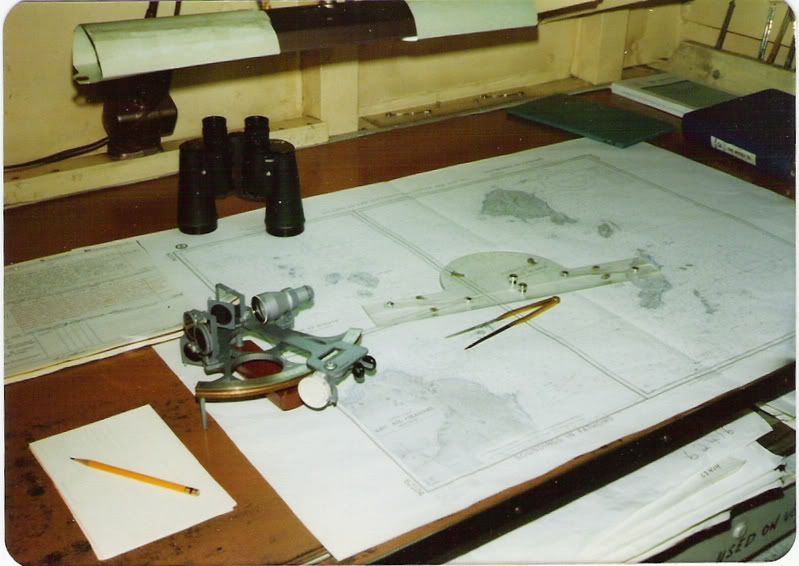I recently received this email from a friend who is second mate on a containership. I have shared it with several other retired people to show what a good choice we made to get out of the business when we did.
"First, you have to keep the fathometer on all the time otherwise it sets off the alarms on the VDR. (For you, Mr. Retiree, that would be the Voice Data Recorder. The maritime "black box", and if the ship sinks the capsule it is enclosed in floats free via a hydrostatic release.) It is not uncommon for the fathometer to sound a minor alarm several times a watch. Very short, very minor sound. It is the EPFS alarm and have now forgotten that acronym. "Electronic Position Fixing Something", but it is not related to the GPS. Some signal is not getting to it. Who the hell knows. (Remember when we used to "arm the lead?") On the fathometer display itself, the EPFS alarm is also displayed
Away, this minor alarm goes beep, beep, beep for a few moments on the fathometer and the Lat and Long display on the radar changes color for the briefest of moments, in addition to the EPFS warning appearing in the "warning" section of the radar. Again, it is not a GPS failure, though. As mentioned above, this happens off and on through most watches and is no big deal.
A few nights ago the alarm goes on as usual, but does not go off. The usual display on the radar goes off as well. Next thing you know the alarms on the VHF radios, AIS and all the GMDSS units at the GMDSS console go off as well. All the "DATA" displays on the radars are flashing spasmodically as well. Whatever this alarm is, and now wont go off, has activated alarms on all the equipment, pretty much, on the bridge. Again, whatever the hell this is all about, it is not about the GPS. Hell, the GMDSS has it's own GPS units.
While the fathometer audio alarm is a gentle, soft alarm, the rest of this trash is piercing and I can not silence any of them, only the fathometer. Had the ship been in Asia, shoulder to shoulder with traffic, it would have been a pain in the ***. Whatever this alarm is to the fathometer, why is this signal going to all the rest of the equipment that has no "connection" to the fathometer? Just because they can, I guess. Everything is integrated now, you know. I had to endure this for about 20 minutes until whatever EPFS signal was missing was restored.
Might have been able to have silenced everything just by turning off the fathometer, but that, in turn, sets off another set of alarms on the VDR. This is the maritime industry in the 21st century. Glad I won't live long enough to see it in the 22nd century."
Oh, for the days when you could go anywhere in the world with this, plus a stack of HO 214s and a Nautical Almanac.
Fred
